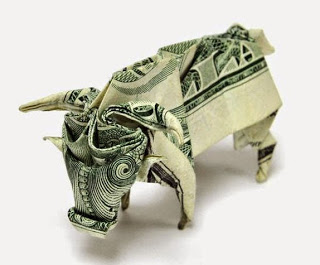The US dollar has largely been confined to yesterday’s ranges, as it consolidates recent gains. Today’s March retail sales report in the US is important. Retail sales have fallen three consecutive months. Ideas that this weakness was a function of two transitory forces will be tested. Those forces are the poor weather and the pullback after the biggest shopping spree in a decade (Q4 14 consumption component of GDP). Â

Spring has sprung, more jobs equal more income, and household savings have ticked up providing the fuel for new consumption. We also note that US consumption is not being funded new revolving credit. March auto sales were strong and high gasoline prices should help lift the headline by over 1%, the most since last February-March. The components that feed into GDP calculations is expected to be up a healthy 0.5%, which would more than offset 0.3% decline seen over the past three months.Â
While the perceived odds of a June lift-off have diminished, we expect the coming data to strengthen ideas that the move takes place in September. For whatever the reasons, the quarterly pattern of GDP remains intact. Over the last five years, Q1 GDP have averaged about 0.6%while the rest of the quarters have averaged about 2.8% at an annualized pace.
There have been three macro-economic developments to note. First, the UK made its last inflation report before the elections. Deflation was avoided with an unchanged zero year-over-year rate. The core rate, however, unexpectedly slipped to 1.0% from 1.2%. This provided a handy excuse to take half a cent from it. Sterling found support near $1.4600 and did not have to return to yesterday’s low near $1.4565. Earlier the BRC reported a sharp 3.2% rise in like-for-like sales, and sterling hardly ticked up. The asymmetrical market response reflects participants anxiety ahead of the May 7 election.Â
Second, after several countries reported better industrial production figures, the eurozone reported a 1.1% rise in the aggregate February figure. Some of the shine was tarnished by the revision to the January series from -0.1% to -0.3%. Still, the year-over-year rate rose to 1.6% from 1.2% (before the revision to 0.4%). The euro firmed a little in reaction but has been unable to reclaim the $1.06 handle so far today. Â

